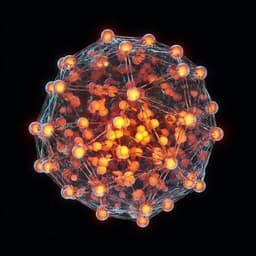
Engineering and Technology
Bioinspired “cage traps” for closed-loop lead management of perovskite solar cells under real-world contamination assessment
H. Luo, P. Li, et al.
This groundbreaking research by Huaiqing Luo, Pengwei Li, Junjie Ma, Xue Li, He Zhu, Yajie Cheng, Qin Li, Qun Xu, Yiqiang Zhang, and Yanlin Song presents biomimetic cage traps that successfully mitigate lead contamination in perovskite solar cells, paving the way for sustainable energy solutions. Discover how these innovative traps inspired by spider webs can promote greener industrial practices.
Playback language: English
Related Publications
Explore these studies to deepen your understanding of the subject.







